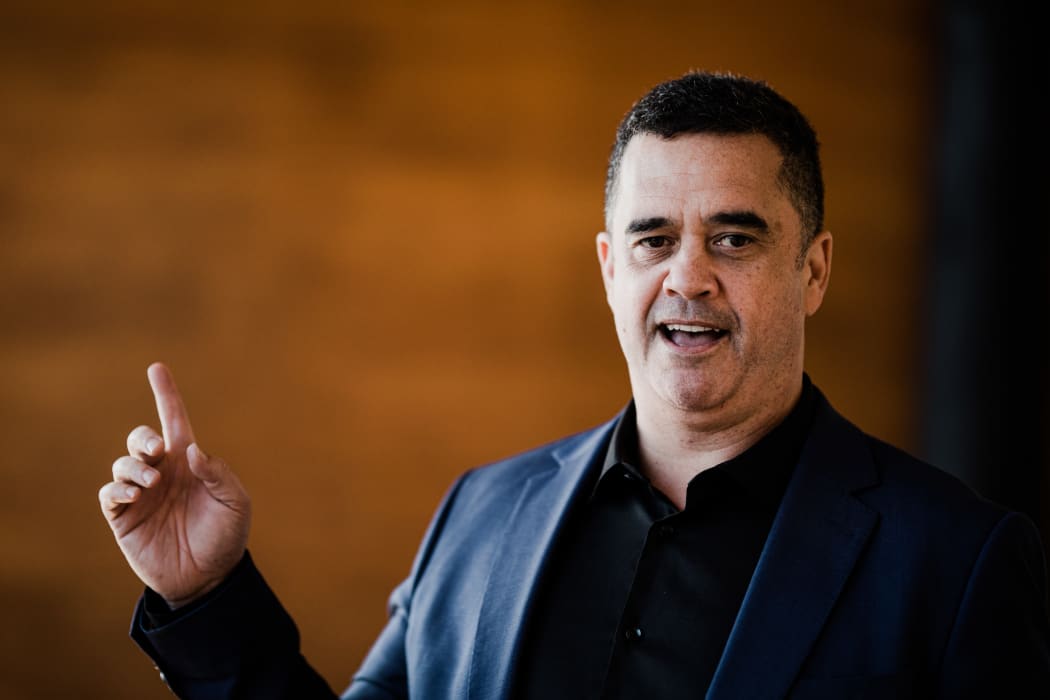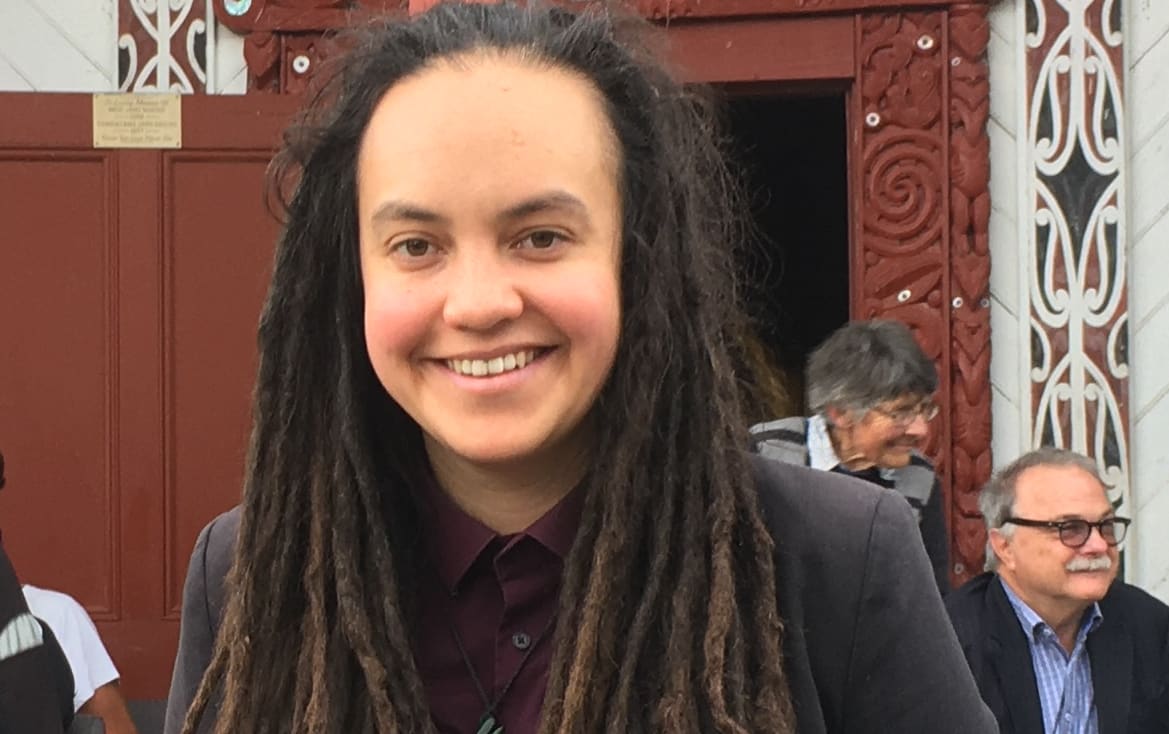Māori astronomers will be using the stars and moon phases to set a different date for the Matariki public holiday each year.

Dr Rangi Matamua is chairing the Matariki Advisory Group, which will decide the future dates for marking the public holiday. Photo: RNZ / Dom Thomas
Prime Minister Jacinda Ardern promised to make Matariki a public holiday if re-elected, and today, she announced the first celebration will be on 24 June, 2022
The rising of Matariki, or the star cluster known as Pleiades, marks the Māori New Year, which falls between the end of June and beginning of July.
However some iwi such as those from Taranaki celebrate Puanga, a different star constellation, as Matariki is not visible in the sky in their rohe (region).
Bringing all the mātauranga Māori of the stars together is the Matariki Advisory Group, which has been tasked with deciding on the future dates for marking the occasion.
Dr Rangi Matamua, a Tūhoe astronomer and leading expert in this field, is chairing the group. He said they used the lunar calendar to predict when Matariki would be visible in the sky.
"It's associated with the moon phases and the lunar months and different environment factors as opposed to the Gregorian calendar that we follow today," Dr Matamua said.
"Using a lunar calendar method, a group of us ... who are Māori astronomical experts in their own right ... looked for a way of incorporating the date closest to the time period where Māori would traditionally celebrate the new year."
He said the public holiday would always be between June or July but it would change each year based on where the moon was, and from a collective pool of different iwi celestial knowledge.
"This date does not necessarily mean that that's the period where different tribal groups or different organisations have to acknowledge the beginning of the Māori New year, but ... it will be an opportunity for the entire nation to acknowledge the Māori New year that is closest to the astronomically driven time-keeping period."

Matariki star cluster from southern hemisphere Photo: NASA
While the date may change each year, Matamua said the messages of Matariki would remain the same.
"It's about acknowledging the different parts of the environment, remembering those who have passed, celebrating where we are in the present and planning for the future, and I couldn't think of a better reason for us to come together in the middle of winter and relax and spend time together and celebrate."
The advisory group will now work on setting dates for the next 30 public holidays.
The group also includes astrophysicist Dr Pauline Harris; Puanga expert Dr Ruakere Hond; ocean navigators Hoturoa Barclay-Kerr, Jack Thatcher, Te Tai Tokerau Māori astronomer Rereata Maakiha, and Ngāi Tahu star expert Victoria Campbell.
Harris said it was a privilege to discuss and bring together the different iwi knowledge of the stars.
"It's just beautiful to have those variations and nuances, not everyone has to use the same star [but] in terms of something that gives us a unified holiday, we have to choose a date that works for us... the holiday is still after the rising of Puanga and the rising of Matariki."
Harris was looking forward to marking the day by taking part in a Matariki celebration which paid tribute to what each star represents.
"Some of them represent food in the sky, or in the upper tops of the trees, some will represent the food and the land, in our seas, freshwater and so, some parts of the ritual have to do with having food from those realms or those areas and then cooking that food and letting the steam be lifted up into the sky to feed the stars."
Laura O'Connell Rapira led the campaign for Matariki to become a public holiday and hoped it would encourage more people to connect with the natural world.

Laura O'Connell Rapira says the public holiday will teach us to be more connected to the environment and each other. Photo: RNZ / Te Aniwa Hurihanganui
"It's great because we need more structural adjustments in our society, in our world to better connect us with the natural world instead of thinking we get to determine time and space, actually we are a part of time and space.
"I think even just to be having a public holiday that is about the stars and that encourages us to look up, we will in turn have the knock-on affect of being more connected to both our environment but also to each other and to the whānau who have passed."
O'Connell Rapira celebrates Puanga with her Te Ātiawa whānau and she expected celebrations would be unique to the iwi and hapū of each region.
Whether it be public talks, a hākari, or feast, or a film screening, O'Connell Rapira said it was important the funding was available to iwi and hapū so they could host their celebrations.
Speaking at Waitangi where she made the announcement, Prime Minister Jacinda Ardern hoped the significance of Matariki would be a part of the New Zealand history school curriculum.
"Matariki is a uniquely Māori and therefore a New Zealand-based celebration to acknowledge the Māori New Year and in our view, it's been a long time coming.
"Our hope is that we'll also use the new history curriculum to teach some of the wider knowledge that should accompany Matariki."


